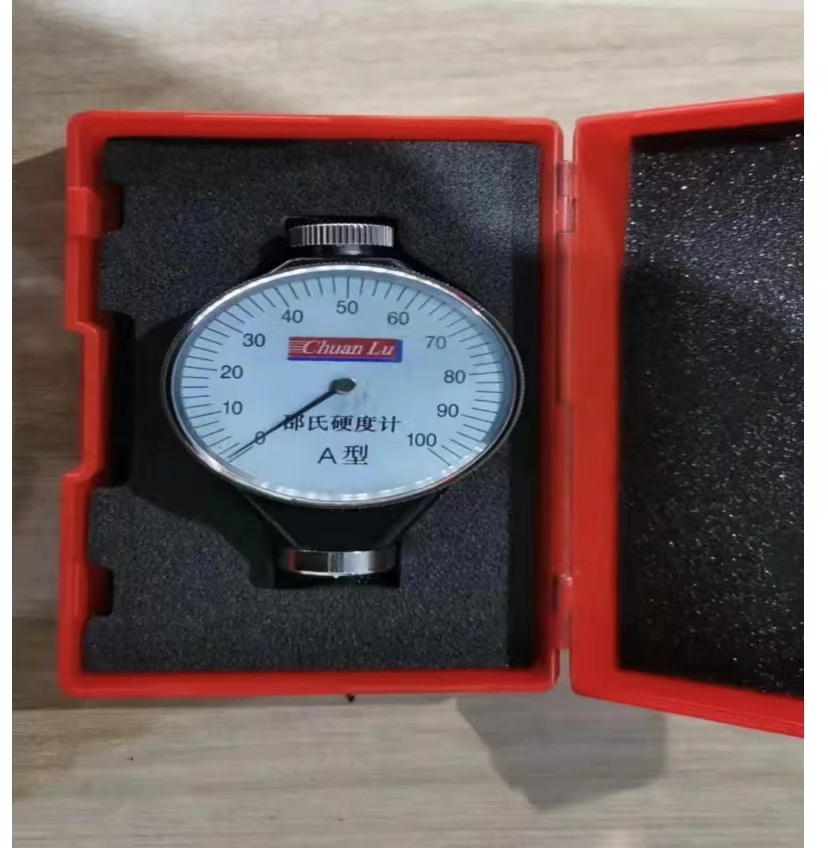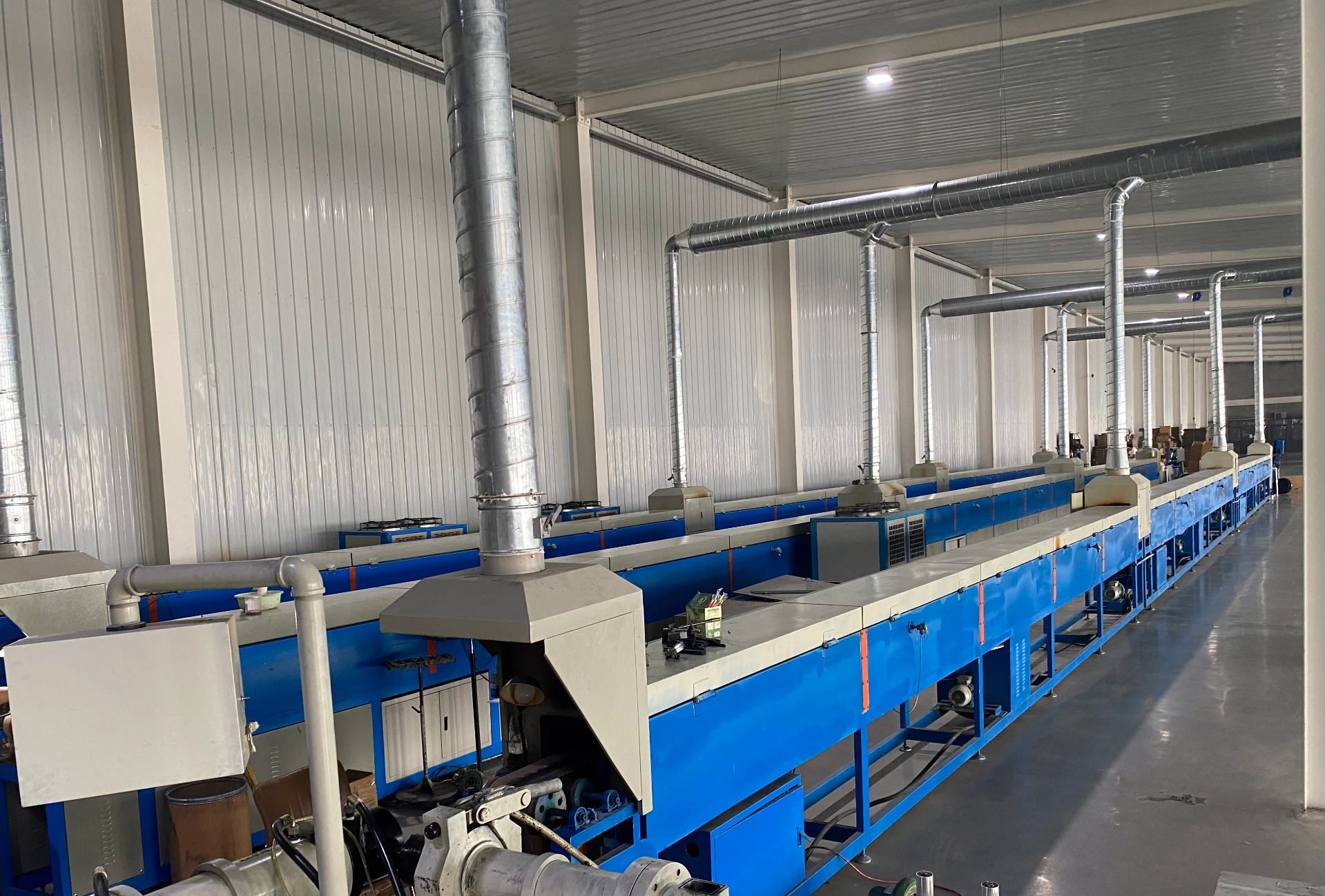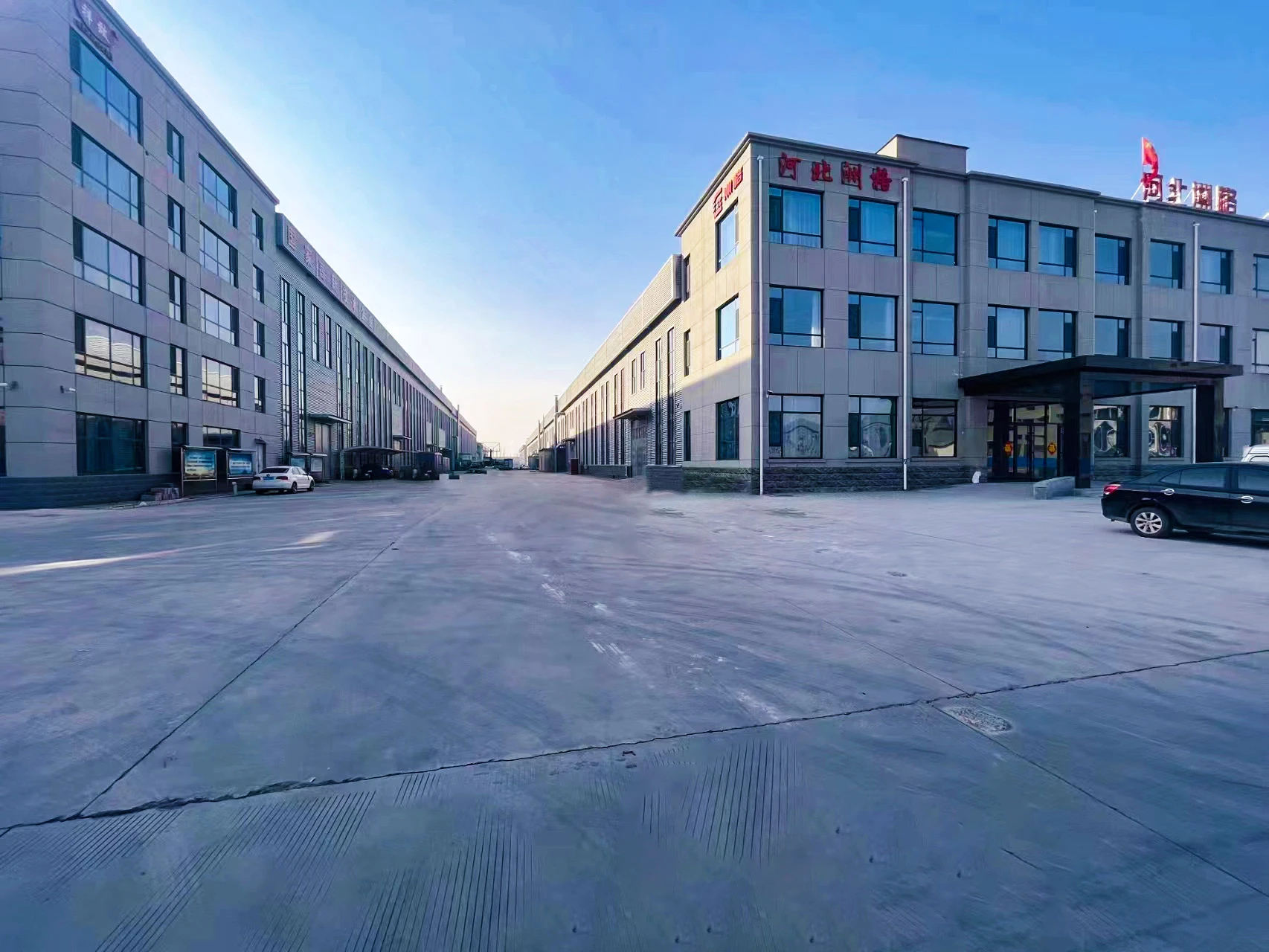EPDM rubber sheet
EPDM rubber, or ethylene propylene diene monomer, is a type of synthetic rubber known for its excellent resistance to environmental factors. It is characterized by its outstanding durability, flexibility, and weather resistance, making it suitable for various applications. One of the primary attributes of EPDM rubber is its ability to withstand extreme temperatures, ranging from -40°F to 140°F (-40°C to 60°C), without losing its elasticity or structural integrity.
EPDM rubber is also highly resistant to ozone, UV radiation, and oxygen, which makes it an ideal material for outdoor applications where exposure to the elements is common. Its exceptional resistance to water and steam adds to its versatility, allowing it to be used in applications that require moisture resistance.
Another important characteristic of EPDM rubber is its good electrical insulation properties, making it suitable for electrical applications. Additionally, EPDM is a non-toxic material that is safe for various environments, including food applications when properly formulated.
The material can be manufactured in different thicknesses and sizes, allowing for customization based on specific project requirements. Overall, the combination of durability, flexibility, and resistance to environmental factors makes EPDM rubber sheets a popular choice for roofing, automotive, sealing, and insulation applications.
What are the advantages of using EPDM rubber sheets
Using EPDM rubber sheets offers numerous advantages across a variety of applications. One of the most significant benefits is their exceptional weather resistance. EPDM rubber is highly resistant to ozone, UV rays, and extreme temperatures, making it ideal for outdoor applications like roofing and sealing. This durability ensures that EPDM rubber sheets maintain their integrity and performance over time, even in harsh environmental conditions.
Another key advantage is the material’s flexibility and elasticity. EPDM rubber sheets can easily conform to various shapes and surfaces, making them suitable for sealing and insulation applications. This adaptability allows for a tight fit, which enhances their effectiveness in preventing air and moisture infiltration.
EPDM rubber is also resistant to water and steam, which makes it an excellent choice for applications in plumbing and roofing systems where moisture is a concern. Additionally, its good electrical insulation properties make it suitable for use in electrical applications, such as wire and cable insulation.
Furthermore, EPDM rubber is a cost-effective material. Its longevity and low maintenance requirements translate into reduced overall costs in projects. The sheets can also be produced in various thicknesses and widths, allowing for customization to meet specific project needs. Overall, the combination of weather resistance, flexibility, moisture resistance, and cost-effectiveness makes EPDM rubber sheets a valuable choice for many industries.
How Do You Install Epdm Rubber Sheets, And What Should You Consider During Installation?
Installing EPDM rubber sheets requires careful preparation and attention to detail to ensure a successful application. The first step in the installation process is to prepare the surface where the sheets will be applied. This involves cleaning the area thoroughly to remove any debris, dirt, or contaminants that could affect adhesion. A smooth, dry surface is crucial for optimal bonding.
Once the surface is ready, measure and cut the EPDM rubber sheets to the desired size. Many sheets come in large rolls, which can be cut with sharp utility knives or scissors. When cutting, ensure that the edges are straight to facilitate proper alignment during installation.
Next, apply the appropriate adhesive. EPDM rubber sheets typically require a special adhesive designed for use with rubber materials. Follow the manufacturer's instructions for mixing and applying the adhesive. It’s essential to apply the adhesive evenly to both the surface and the back of the rubber sheet to achieve a strong bond.
During installation, carefully position the EPDM rubber sheet on the prepared surface, ensuring it is aligned correctly. Press down firmly to eliminate any air pockets and ensure good contact with the adhesive. For larger installations, it may be beneficial to use rollers to achieve an even application.
Finally, allow the adhesive to cure as per the manufacturer’s guidelines before exposing the installation to water or heavy use. By following these steps and considering surface preparation, adhesive selection, and proper alignment, you can achieve a successful installation of EPDM rubber sheets.
















